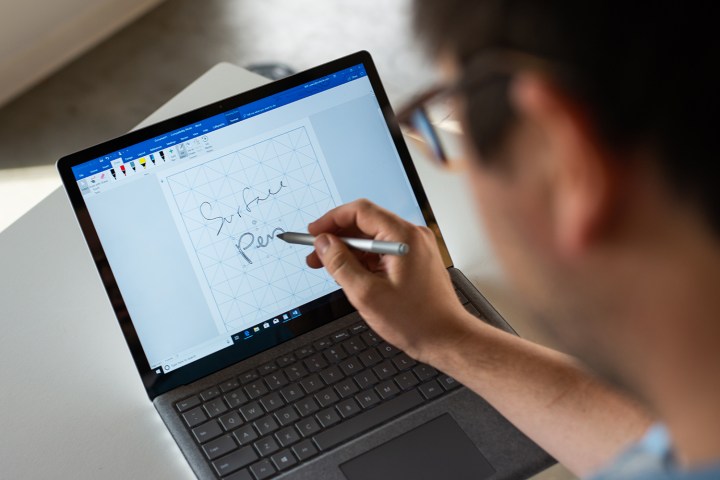
Microsoft is working on helping protect your PC from hackers and other viruses with a new feature for Windows Defender on Windows 10. A sandboxed mode for the free and built-in antivirus tool is set to raise its security by separating it from the rest of Windows to further prevent hackers from getting access to your system.
Announced on October 26, the sandbox feature for Windows Defender is currently in beta testing with Windows Insiders. Unlike free software, this makes Windows Defender the first complete antivirus solution with sandboxing, which is a feature that helps ensure that viruses and malware can’t hijack the tool itself to do damage to Windows 10.
“Putting Windows Defender Antivirus in a restrictive process execution environment is a direct result of feedback that we received from the security industry and the research community. It was a complex undertaking: We had to carefully study the implications of such an enhancement on performance and functionality. More importantly, we had to identify high-risk areas and make sure that sandboxing did not adversely affect the level of security we have been providing,” Microsoft said.
After the hard work to build Windows Defender in sandbox mode, more time is still needed to examine the feature based on feedback from beta Windows users and security researches. However, Microsoft is still making it easy for anyone to enable the feature, regardless if enrolled in the Windows Insider program or not.
If running the Windows 10 Creators Update or later, sandboxing can be force enabled on any machine by heading to the Command Prompt as an administrator, typing in “setx /M MP_FORCE_USE_SANDBOX 1”, and then restarting.
“The ability to gradually deploy this feature was another important design goal. Because we would be enabling this on a wide range of hardware and software configurations, we aimed to have the ability at runtime to decide if and when the sandboxing is enabled,” Microsoft noted.
In a world where viruses and other threats are always evolving, this is just one of the many steps Microsoft is taking toward innovating Windows Defender and making it secure. It has previously invested in research, artificial intelligence, and the cloud to better analyze and deliver protection to all Windows 10 devices.
Editors' Recommendations
- Microsoft announces a new threat to push people to Windows 11
- Beware! The latest Windows 11 update might crash your PC
- A new Windows 11 hardware system requirement may be incoming
- Microsoft plans to charge for Windows 10 updates in the future
- You can finally purge your PC of default Windows apps


